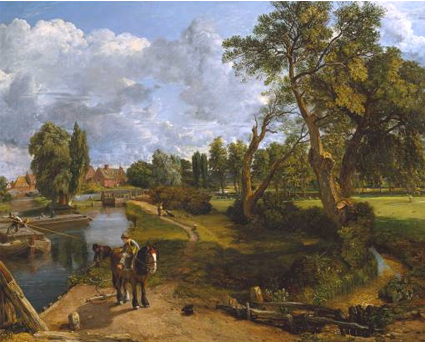Shoved aside in old vegetable crates, shut away in broom cupboards, strung upin gloomy galleries - much of the best of Britain's visual heritage has beenkept out of sight, and out of mind, for far too long. Andrew Graham-Dixon the Independent's art critic, argues that our island story can only really be told in pictures
A few months ago I was browsing in a secondhand bookshop, when I came across a slim and somewhat the worse-for-wear Pelican paperback called Art in England. Published on the eve of the Second World War, "with 32 photogravure plates", it was a rather depressing, grey little anthology of essays which seemed to me to sum up the spirit in which the British have historically treated British art. It contained, among other things, a brisk four-page account of painting in England from the Middle Ages to the end of the 19th century, written by Kenneth Clark, in which the then director of the National Gallery justified his brevity by asserting that "we are, after all, a literary people". A few pages later, Douglas Lord concluded a yet briefer piece with the remark that "there is no tradition of English art, no continuity: but occasionally a meteor blazes its trail across the sky." Lord was referring, I think, to Turner.
Having spent more than the best part of three years working on A History of British Art for the BBC, I now consider myself an expert in preconception on the subject. An air of abjectness and a consciousness of failure has for centuries hung over the discussion of art not just in England but in Britain as a whole. Many of my abiding memories from the journeys through British art that I have made during the past three years are memories of seeing tremendous things treated...


